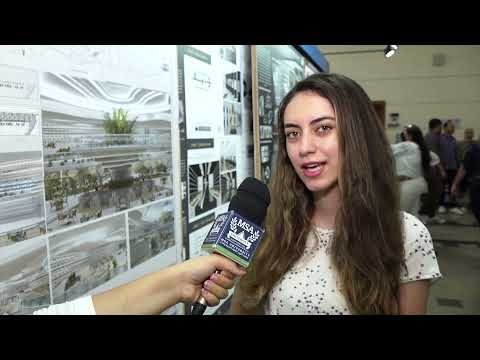Fatre Home / platau


Text description provided by the architects. Fatre house stands on a sloping site; characterized by spectacular rock formations; dotted with native oak and pine trees, and ending in a natural ravine that borders the Adonis valley; with unobstructed views of Mount Lebanon to the East and the Mediterranean Sea to the West.


The house was imagined from the beginning to be part of this serene landscape, in amassing that would establish an intimate relationship with its natural features. The placement of the different parts of the house is the result of a careful topographical survey that set the base for the project, foraging precisely the rock formations and trees to be highlighted and integrated into the design. Three main terraces within the site were identified to receive the house spaces, each offering a distinct orientation and featuring a different rock formation within it.

The entrance and main living are located on the upper level, with the reception volume looking towards the sea and the adjoined kitchen turning toward the mountain. The informal living and bedrooms are located on the middle level, projected towards the view with a rear terrace highlighting the rock formation on this level. The lower level hosts the pool with another rock formation within it; topping the pool house and technical facilities underneath it.


Circulation navigates transversally through these levels, exposing the phenomenological moments of the house in a rhythmic descent. A transversal stair connects the reception space with the bedrooms’ level; cutting through the rocks within a glazed box. Further steps connect the lower level to the pool, then further down to the pool house.

The house is a play of volumes with two different materials and architectonic attitudes towards the landscape. The central part of the house stands out – with two white concrete volumes that include high ceiling living spaces connected by the glazed stairs. This central spine presents amassing that cascades down the slope and projects towards the view with large glazed facades.


In contrast, the peripheral parts of the house blend in the site – with low volumes that house kitchen, bedrooms, and pool area. Cladded with stones extracted during the site excavation, those adjoining parts follow the existing topography; marrying in their materiality and massing with the existing landscape of terraces and rock formations. The articulations resulting from this play of volumes, levels, and materials present diverse inhabitations between architecture and landscape and a rich array of spatial atmospheres that celebrate the genius-loci of the site.










